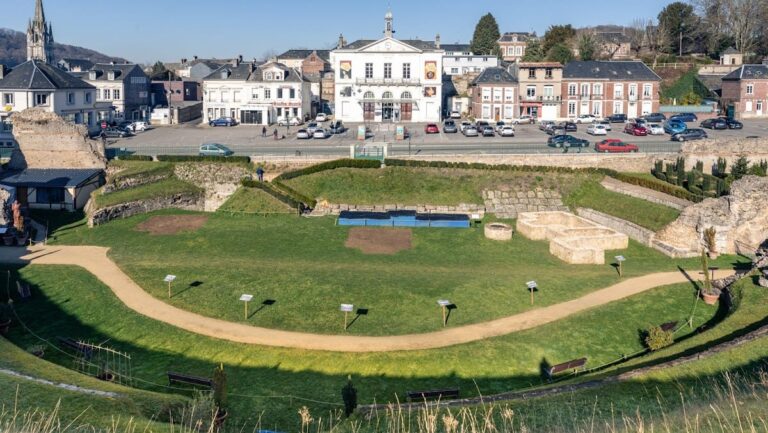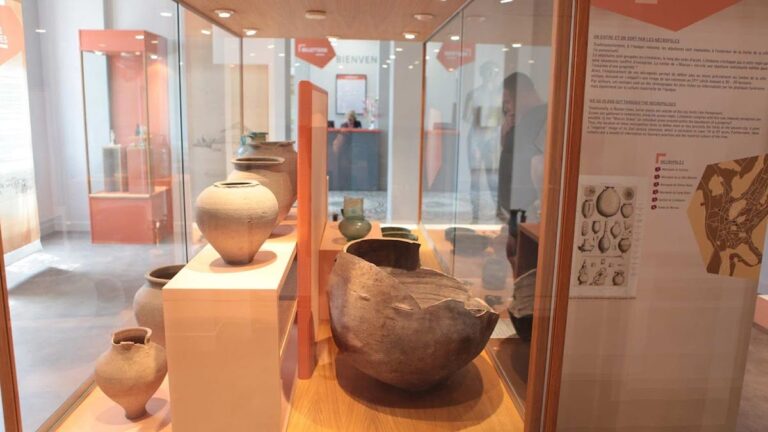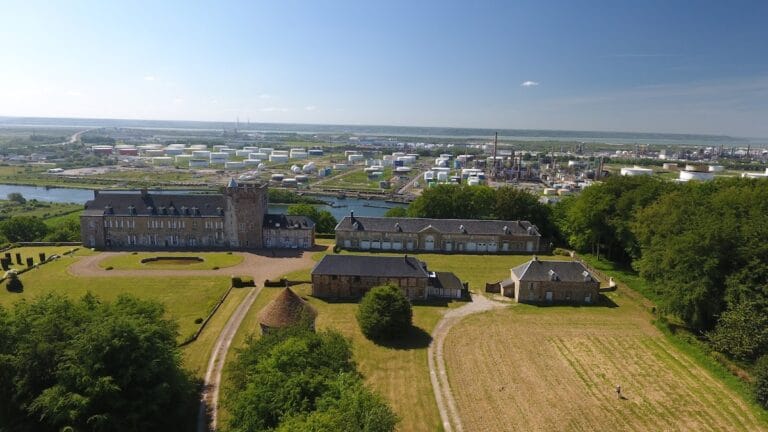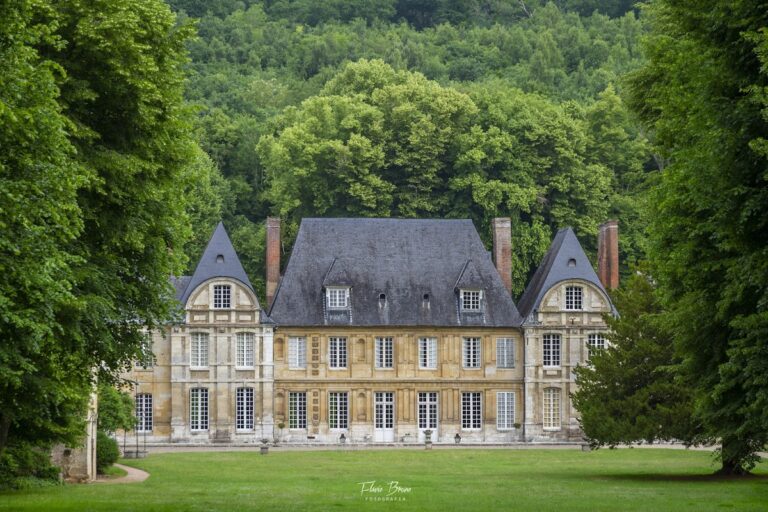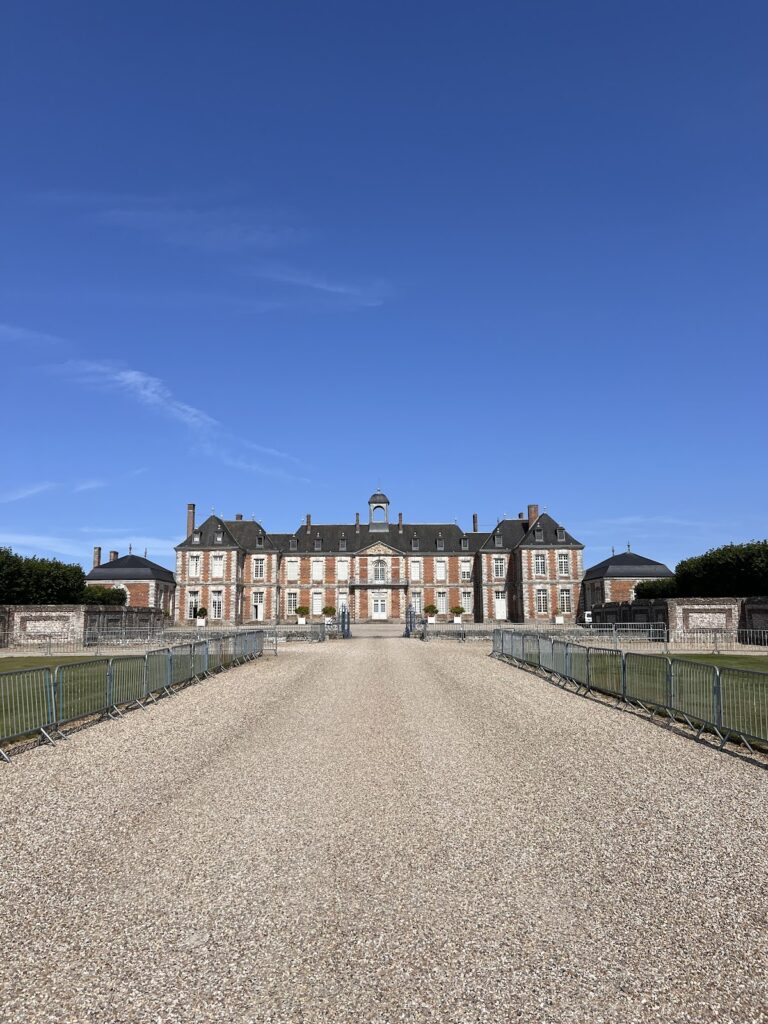Château de Lillebonne: A Historic Castle in Normandy, France
Visitor Information
Google Rating: 3.2
Popularity: Very Low
Google Maps: View on Google Maps
Country: France
Civilization: Unclassified
Remains: Military
History
The Château de Lillebonne stands in the town of Lillebonne, France, on the site once occupied by the Gallo-Roman city of Juliobona. Its origins trace back to the 11th century when William the Conqueror, Duke of Normandy, established the first fortifications. It was here that William convened several important councils, including the decisive meeting that planned the Norman conquest of England, marking the castle as a center of strategic and political activity.
During the 12th century, the castle underwent significant reconstruction, likely under Henry I Beauclerc, William’s son. This phase introduced a large Romanesque hall within the fortress, reflecting architectural styles also seen in the nearby Château de Caen. Ownership later shifted to Renaud de Dammartin, Count of Boulogne, before returning to the French crown under King Philip Augustus. During Philip’s reign around the late 12th or early 13th century, notable fortifications were added, including a large cylindrical keep known as a donjon, surrounded by a moat and protected by an outer defensive wall called a chemise.
In the 13th century, the Harcourt family took control of the castle. After the Hundred Years’ War, they modified the donjon’s upper level to include an artillery platform, reflecting the changes in military technology and defensive needs. Over time, the castle was gradually abandoned. By 1760, the removal of the lead roofing from the donjon’s terrace caused structural damage from water leaking, leading to the collapse of the vault. Subsequent dismantling of walls and towers followed, with stones repurposed elsewhere and the curtain walls reduced to courtyard height.
In the 19th century, the château saw restoration efforts. The donjon was repaired in 1869, and shortly after, a new residence was built within the northern curtain wall around 1870. This new construction took inspiration from the Château des Aygues in Étretat and was commissioned by Pierre Gustave Langer, under the guidance of Théodore Huchon. The castle’s main tower was recognized as a historic monument in 1862, and further archaeological protections for the remaining structures were established by a government decree in 1990.
Remains
The Château de Lillebonne is characterized by a large, linear enclosure originally protected by ditches and wooden palisades. Bastions fortified the most vulnerable points along this perimeter. Central to the design was the donjon, positioned atop a motte, a raised earthwork, which was isolated from the rest of the castle by a moat. This elevated tower served as a refuge during attacks and remains the most prominent feature of the site today.
The donjon, constructed under King Philip Augustus, is a substantial cylindrical tower featuring three vaulted floors with ogival, or pointed, arches—an architectural style that allowed for greater height and strength. Access to this tower was controlled by two pedestrian doors, each equipped with a drawbridge facing each other across the moat, emphasizing the importance of defense. In the 15th century, the tower’s upper parts were altered, with later modifications including the installation of an artillery platform by the Harcourt family after the Hundred Years’ War.
Among the surviving elements is an octagonal tower from the late 13th century, attributed to Jean II d’Harcourt, illustrating the castle’s expansion and adaptation over time. The Chartrier tower, also dating from the 13th century, underwent transformation during the late 19th century, aligning with the construction of the new residence inside the castle walls. The once notable Romanesque hall, presumed to have been built during Henry II’s era in the 12th century, was destroyed in 1832 and no longer stands.
The modern house built within the enclosure in the 1870s reflects architectural influences from Château des Aygues in Étretat and adds a layer of 19th-century design amidst the medieval ruins. The donjon’s restoration in 1869 helped preserve its structure, which, alongside the octagonal tower, Chartrier tower, and the surrounding enclosure, remains protected as part of the site’s archaeological heritage following official decrees enacted in the late 20th century.

